Around 4.5 billion years ago, as Earth was still forming and only 85% of its current size, a protoplanet named "Theia," roughly the size of Mars, collided with it. The impact sent debris flying and left two massive remnants embedded deep in Earth’s molten core.
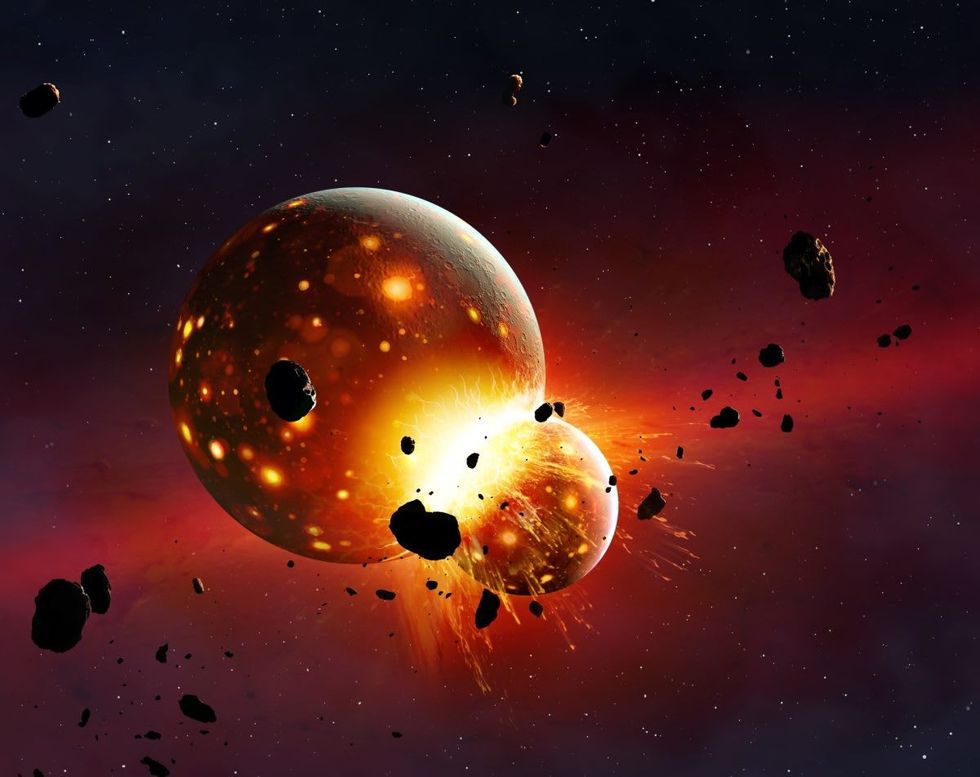
This collision also led to the formation of the Moon as debris from Earth broke away. A 2023 study published in Nature suggests that scientists may have finally located the two remnants of Theia, lodged deep within Earth’s core after the ancient impact, reports The Guardian.
Scientists have long known about two enormous blobs buried deep within Earth, first discovered in the 1980s during seismic activity recordings. One lies beneath the African tectonic plate and the other beneath the Pacific Ocean. It is believed that when the collision occurred, the wealth of iron contained in the fragments of Theia pushed them deep underground. The fragments sank and embedded themselves almost 1,800 miles into Earth. Meanwhile, gushes of dust and rubble were blasted into the orbit, leading to the formation of the Moon.
The team of researchers led by Dr. Qian Yuan at the California Institute of Technology in Pasadena and Professor Hongping Deng at the Shanghai Astronomical Observatory used sophisticated computer simulations of convection currents inside Earth to reconstruct the events that may have taken place during the collision. “To my knowledge, our work is the first one proposing this idea,” Yuan told the Guardian.
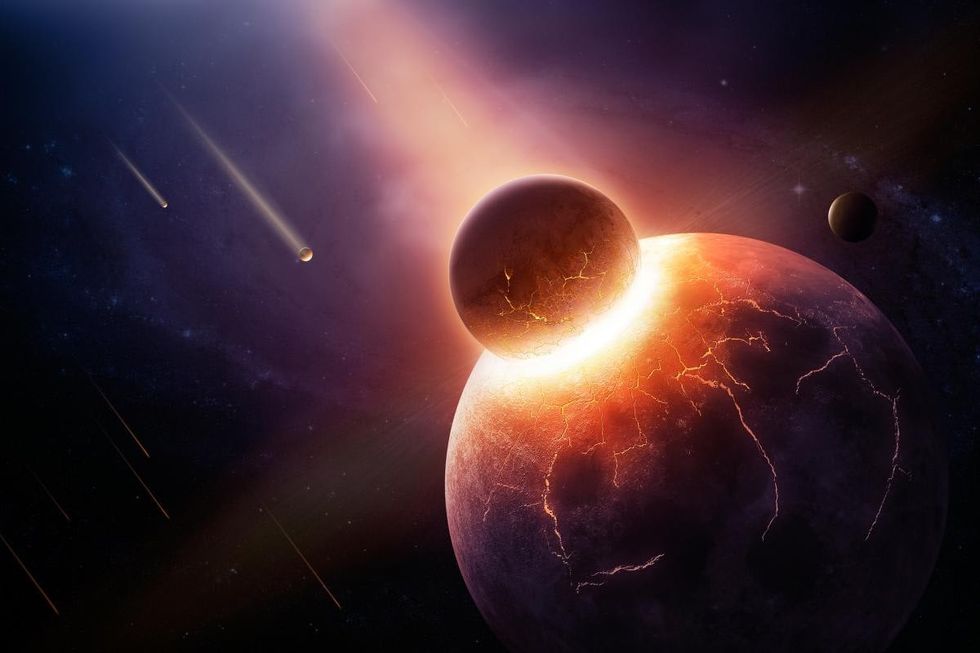
Today, scientists call these two blobs by the name “Large Low-velocity Provinces (LLVPs)” because, in these regions, the seismic activity slows down. These continent-sized blobs are known to be much denser and hotter than the rest of the mantle rock surrounding it. Weighed together, today the blobs are six times the mass of the Moon, per Observer. “They are the largest thing in the Earth’s mantle,” Yuan said when presenting his work last week at the 52nd Lunar and Planetary Science Conference 2021.
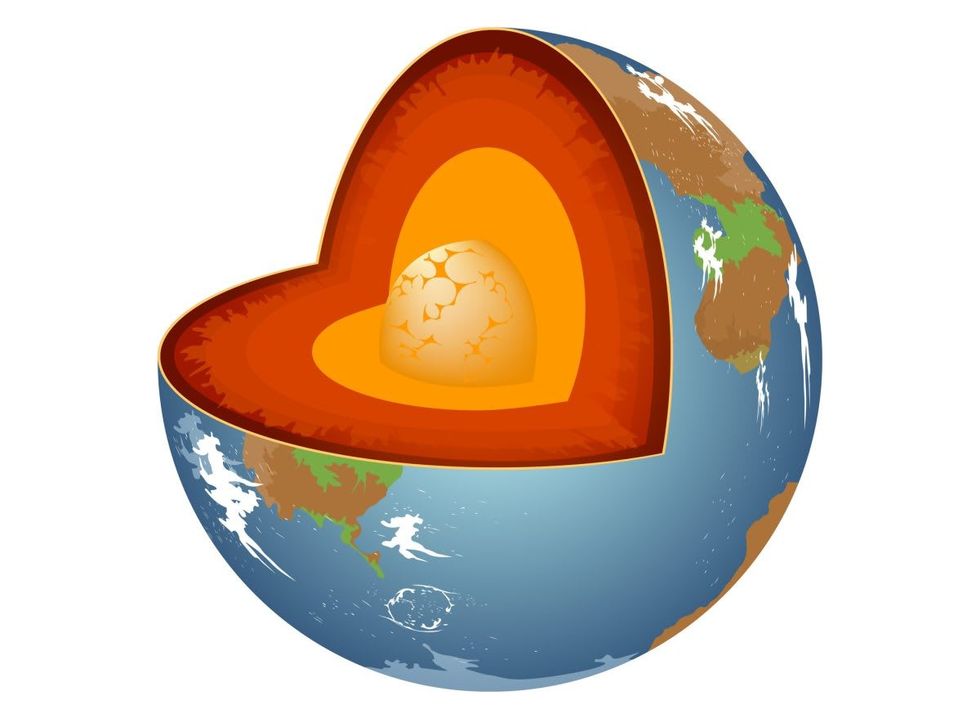
According to Phys, previous research also credits Theia for bringing the life source water to the Earth, and hence, all of its life including the evolution of supercontinents. Over the years, scientists observed that these blobs were puffing our mantle plumes, or magma up towards the Earth’s surface, probably trying to catch their attention. “Theia left something in the Earth—and that played a role in Earth's subsequent 4.5 billion years of evolution," Yuan said, as per Phys. Another planetary expert Christian Schroeder said, ”The remnants of Theia potentially preserved underneath us may be responsible for important processes on Earth ongoing to this day."
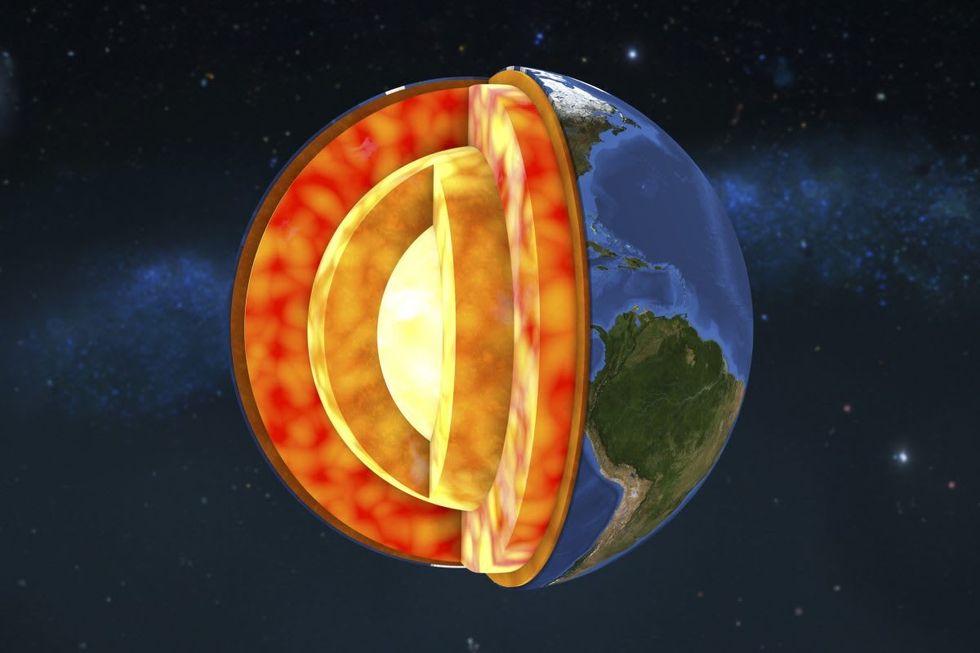
However, researchers aren’t fully sure about this entire theory and as Yuan said in a video, there is no evidence to prove the existence of the hypothetical planet Theia. As for the formation of the Moon, they would only know about it when they bring some of the Moon’s mantle rocks to Earth and match it with the samples from the blobs sitting in Earth’s mantle.
“I look forward to seeing future missions on the moon to bring back its mantle rocks, which are very likely to come from the impactor Theia, according to the majority of moon-forming impact simulations,” Yuan told The Guardian. “If the lunar mantle rock and LLVP-related basalts share the same chemical signatures, they should both originate from Theia.”


















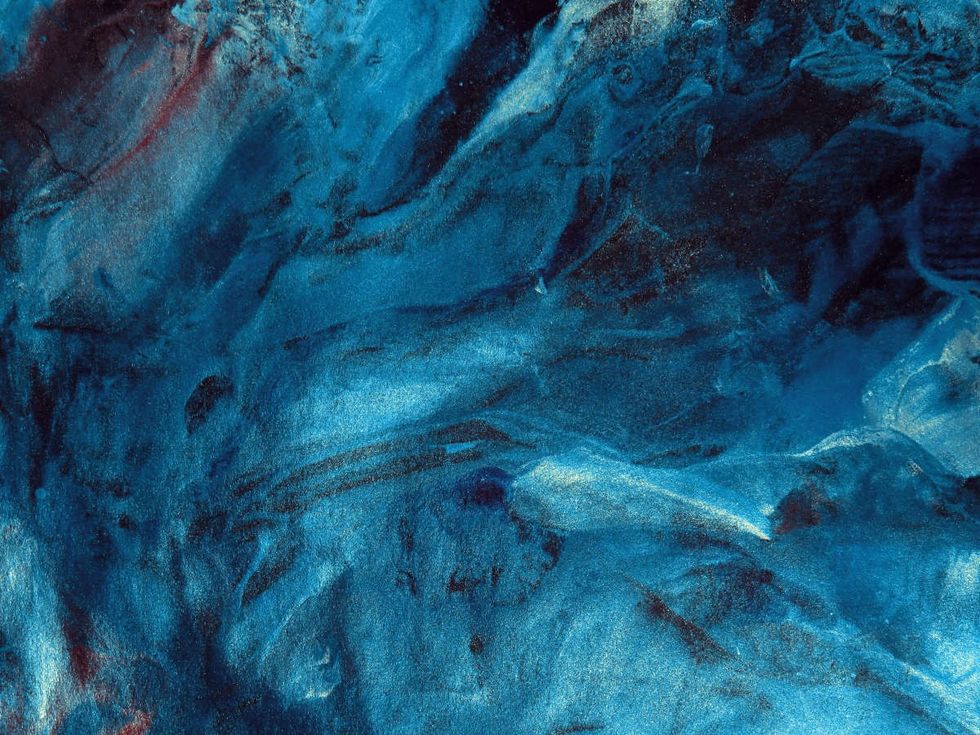 Representative Image Source: Pexels | Anni Roenkae
Representative Image Source: Pexels | Anni Roenkae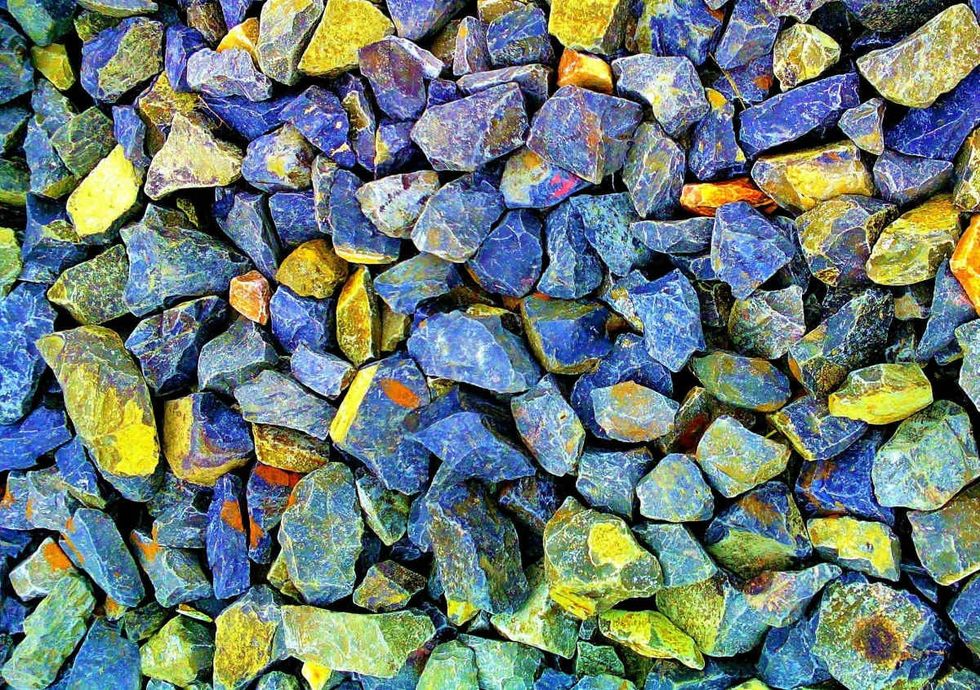 Representative Image Source: Pexels | Its MSVR
Representative Image Source: Pexels | Its MSVR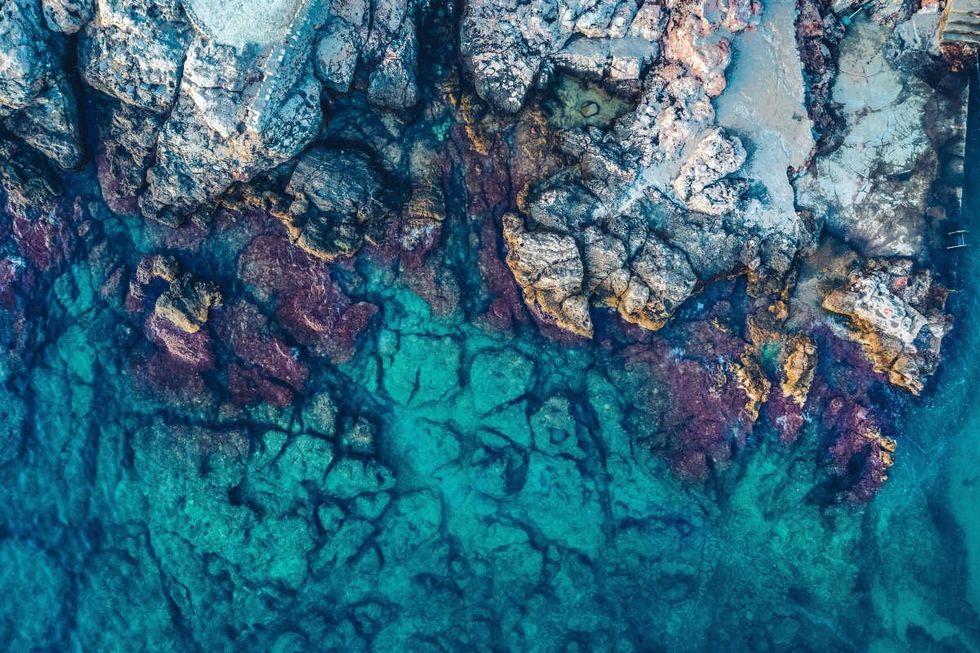 Representative Image Source: Pexels | Lucian Photography
Representative Image Source: Pexels | Lucian Photography

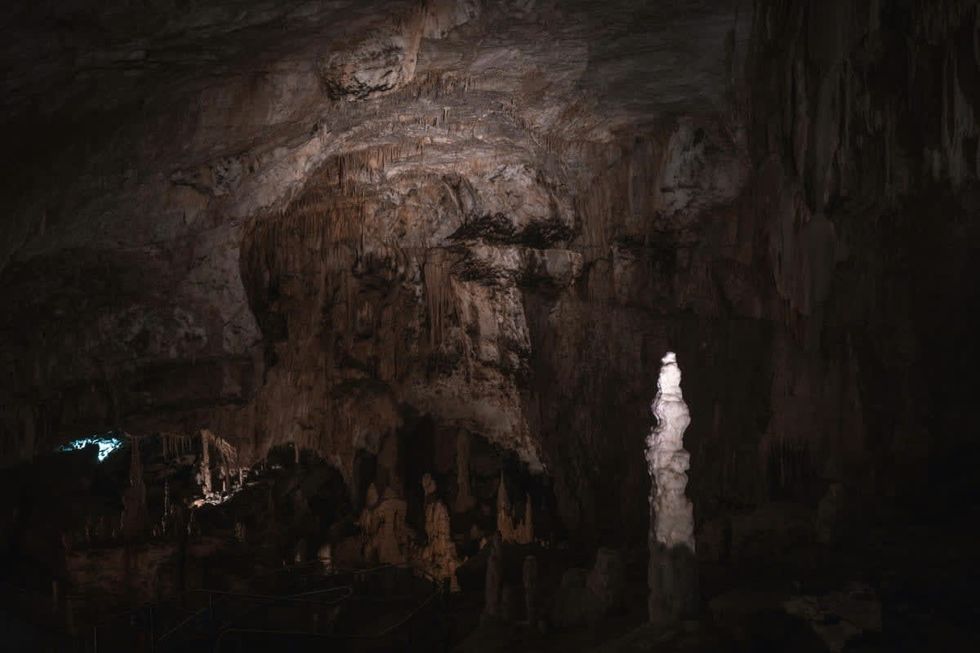 Representative Image Source: Pexels | francesco ungaro
Representative Image Source: Pexels | francesco ungaro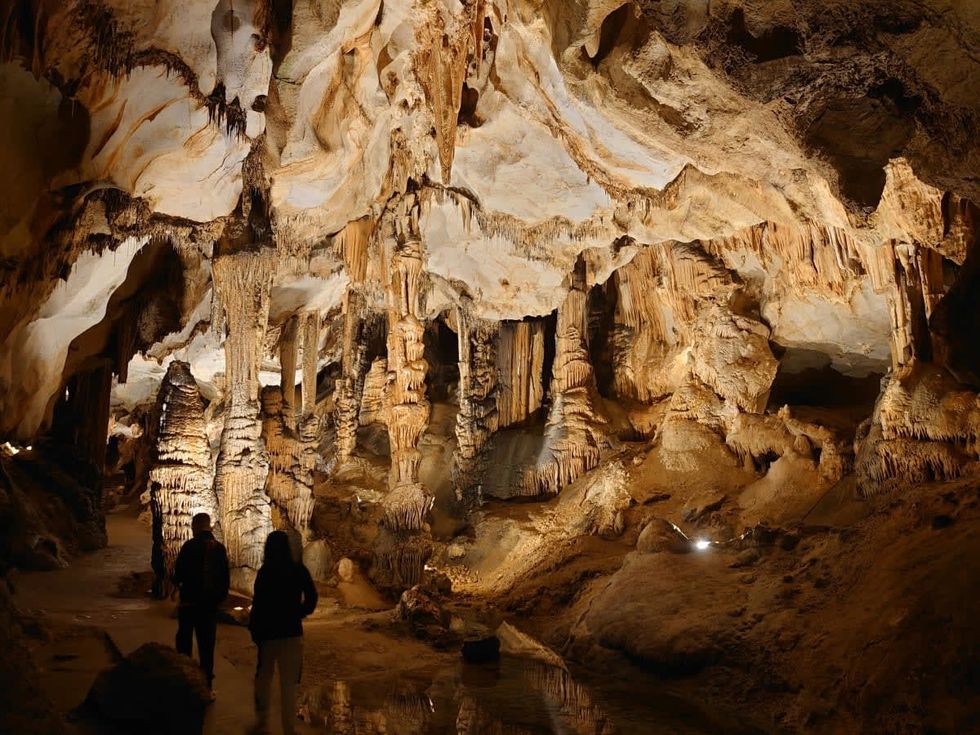 Representative Image Source: Pexels | parfait fongang
Representative Image Source: Pexels | parfait fongang Image Source: YouTube |
Image Source: YouTube |  Image Source: YouTube |
Image Source: YouTube |  Image Source: YouTube |
Image Source: YouTube | 
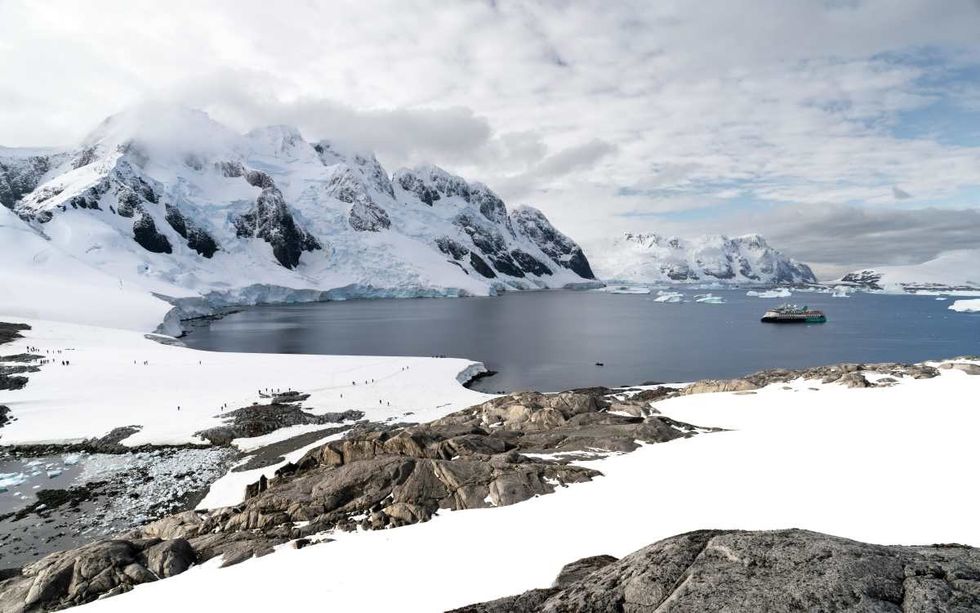 Representative Image Source: Pexels | Hugo Sykes
Representative Image Source: Pexels | Hugo Sykes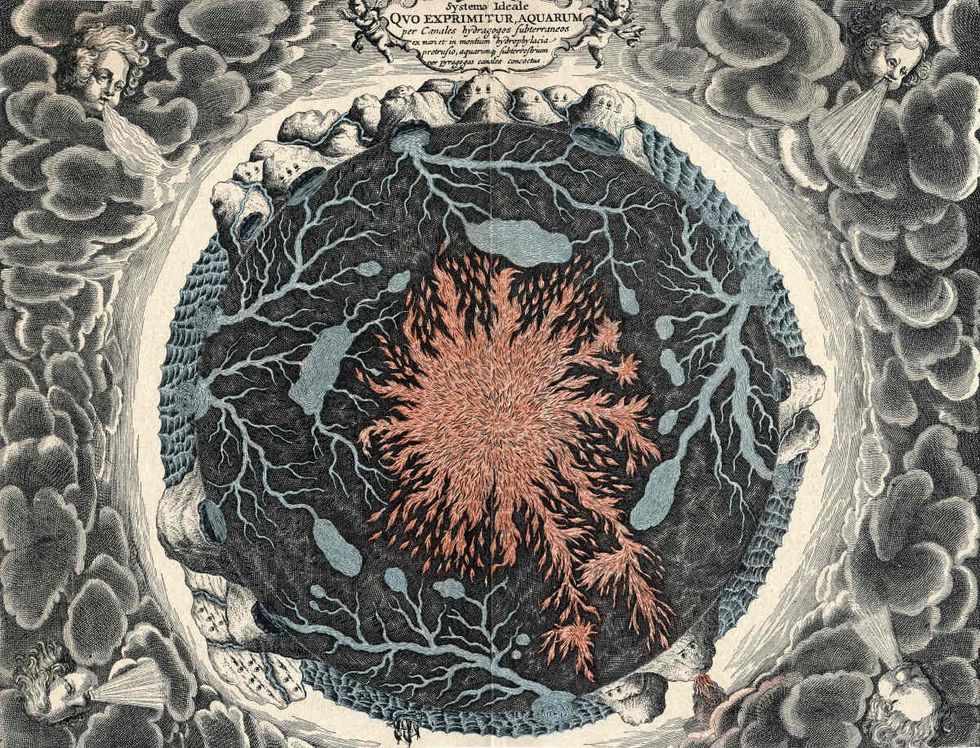 Representative Image Source: Sectional view of the Earth, showing central fire and underground canals linked to oceans, 1665. From Mundus Subterraneous by Athanasius Kircher. (Photo by Oxford Science Archive/Print Collector/Getty Images)
Representative Image Source: Sectional view of the Earth, showing central fire and underground canals linked to oceans, 1665. From Mundus Subterraneous by Athanasius Kircher. (Photo by Oxford Science Archive/Print Collector/Getty Images)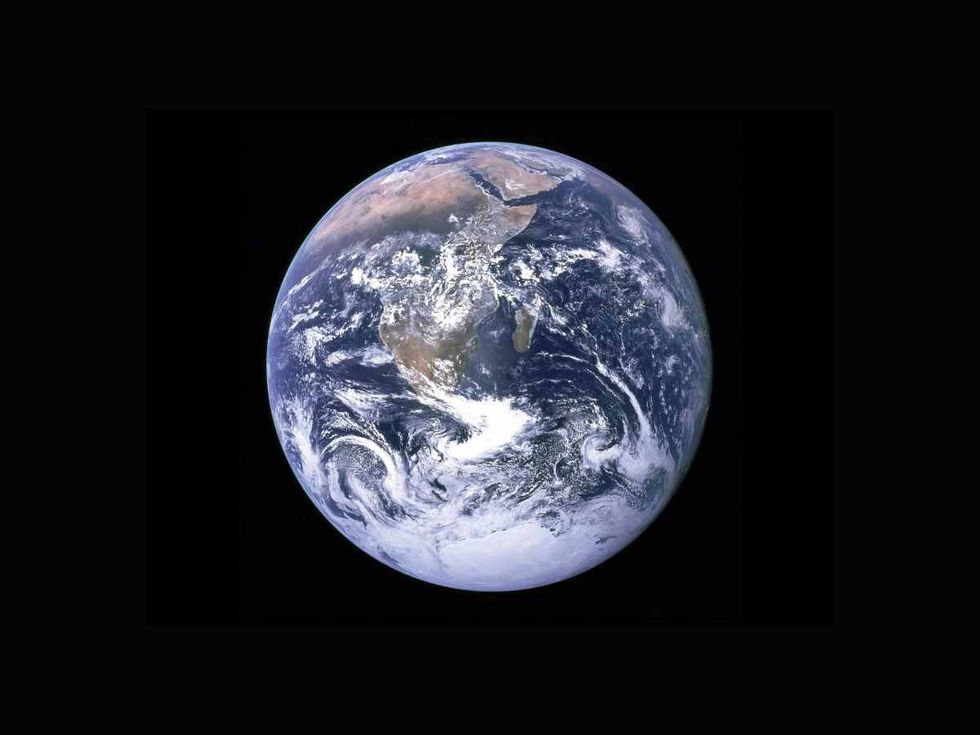 Representative Image Source: Pexels | NASA
Representative Image Source: Pexels | NASA

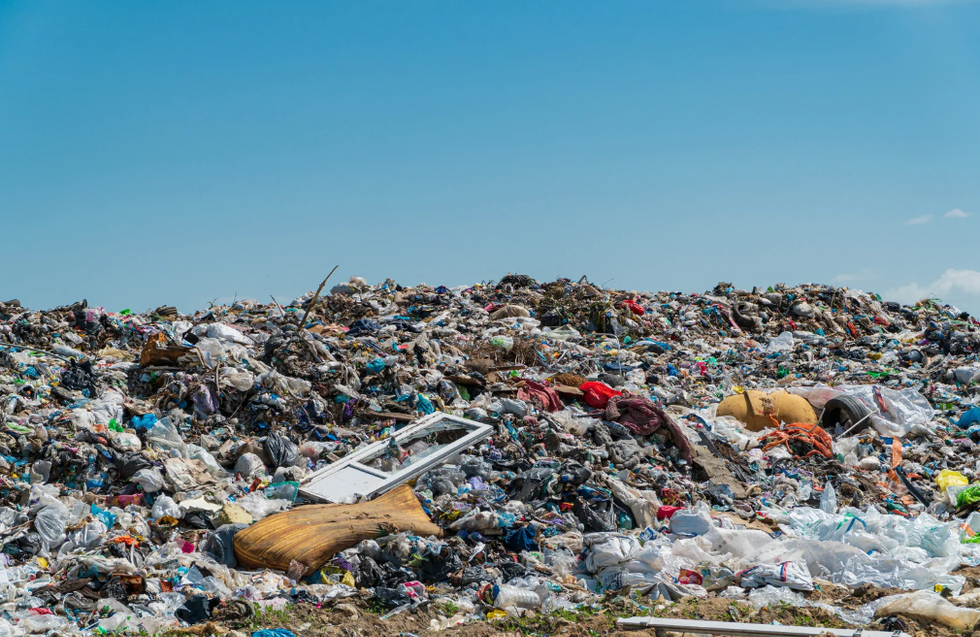


 Representative Image Source: Pexels | Steve Johnson
Representative Image Source: Pexels | Steve Johnson Representative Image Source: Pexels | RDNE Stock Project
Representative Image Source: Pexels | RDNE Stock Project Representative Image Source: Pexels | Mali Maeder
Representative Image Source: Pexels | Mali Maeder
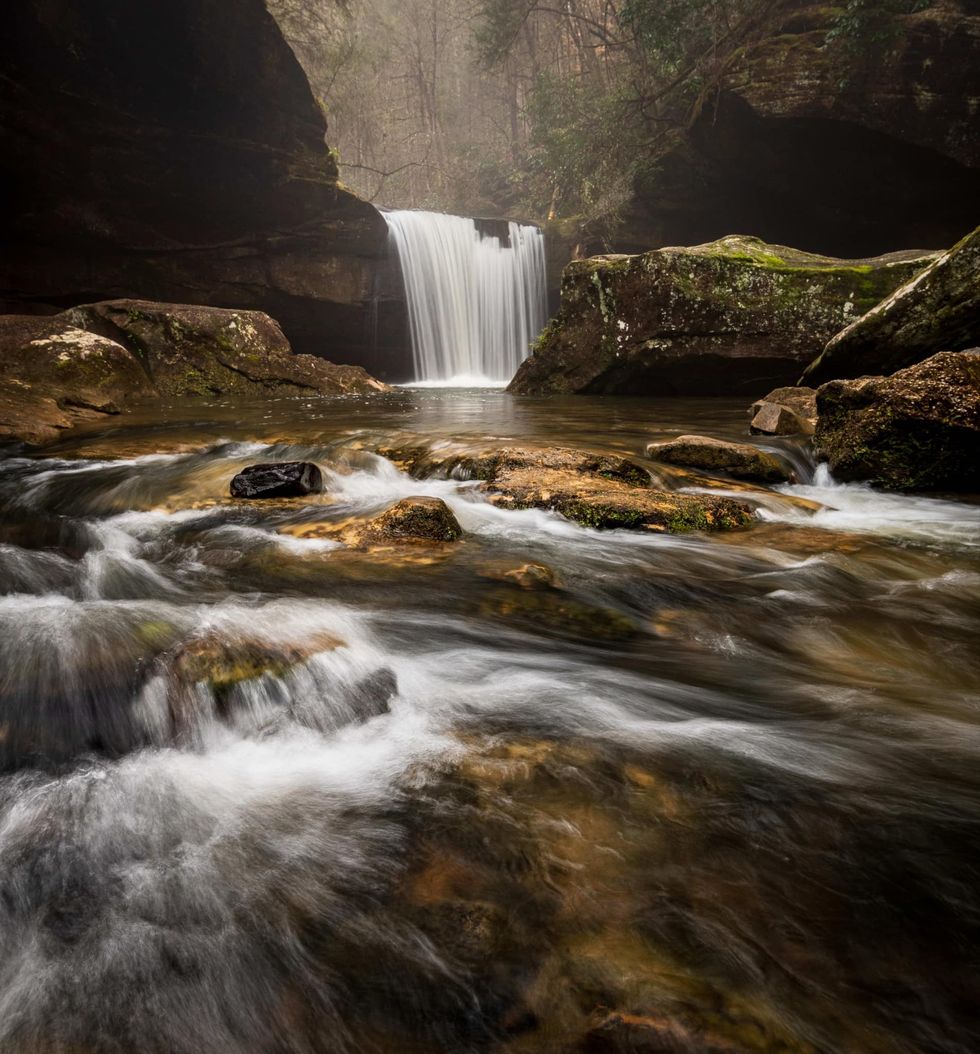 Photo: Craig Mack
Photo: Craig Mack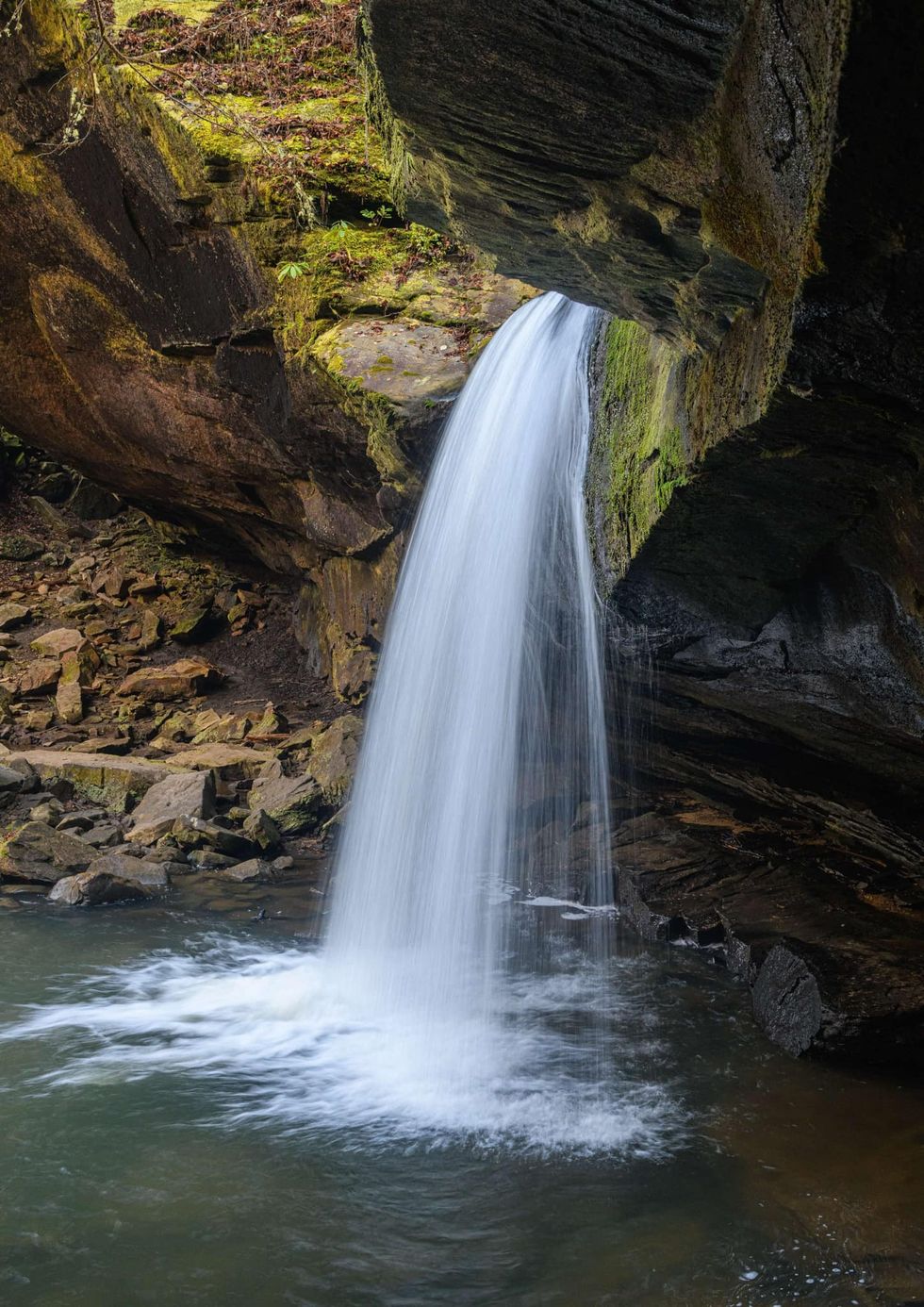 Photo: Craig Mack
Photo: Craig Mack